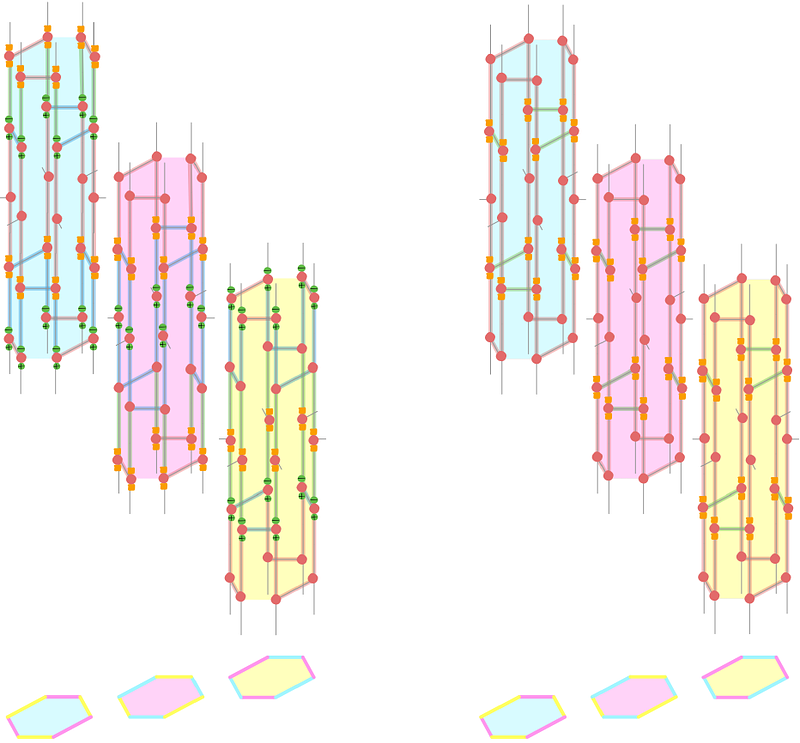Dynamical codes for hardware with noisy readouts

Dynamical codes for hardware with noisy readouts
Peter-Jan H. S. Derks, Alex Townsend-Teague, Jens Eisert, Markus S. Kesselring, Oscar Higgott, Benjamin J. Brown
AbstractDynamical stabilizer codes may offer a practical route to large-scale quantum computation. Such codes are defined by a schedule of error-detecting measurements, which allows for flexibility in their construction. In this work, we ask how best to optimise the measurement schedule of dynamically condensed colour codes in various limits of noise bias. We take a particular focus on the setting where measurements introduce more noise than unitary and idling operations - a noise model relevant to some hardware proposals. For measurement-biased noise models, we improve code performance by strategically repeating measurements within the schedule. For unbiased or $Z$-biased noise models, we find repeating measurements offers little improvement - somewhat contrary to our expectations - and investigate why this is. To perform this analysis, we generalise a metric called the teraquop footprint to the teraquop volume. This is the product of the number of qubits and number of rounds of measurements required such that the probability of a spacelike or timelike logical error occurring is less than $10^{-12}$. In most cases, we find differences in performance are primarily due to the number of rounds of measurements required, rather than the number of qubits - emphasising the importance of using the teraquop volume in the analysis. Additionally, our results provide another example of the importance of making use of correlated errors when decoding, in that using belief matching rather than minimum-weight perfect matching can turn a worst-performing code under a given noise model into a best-performing code.